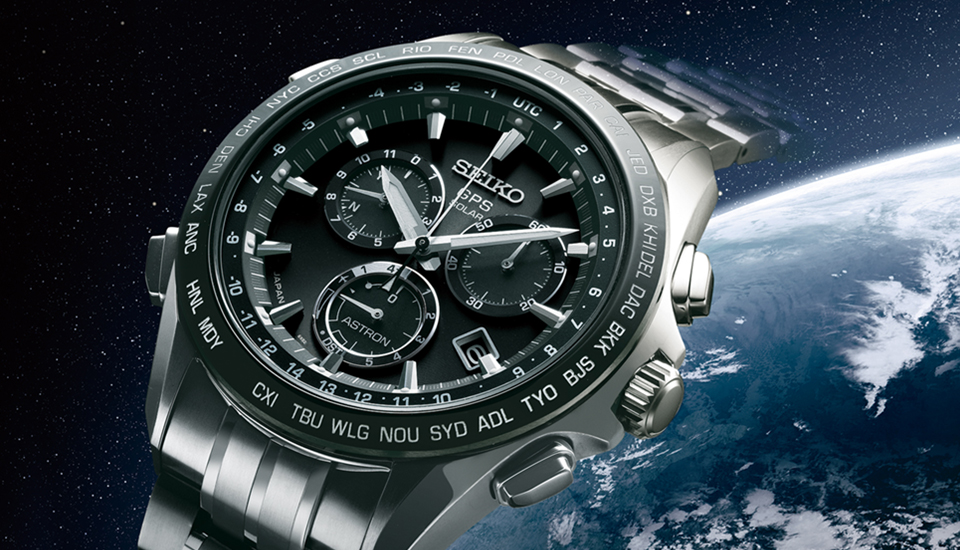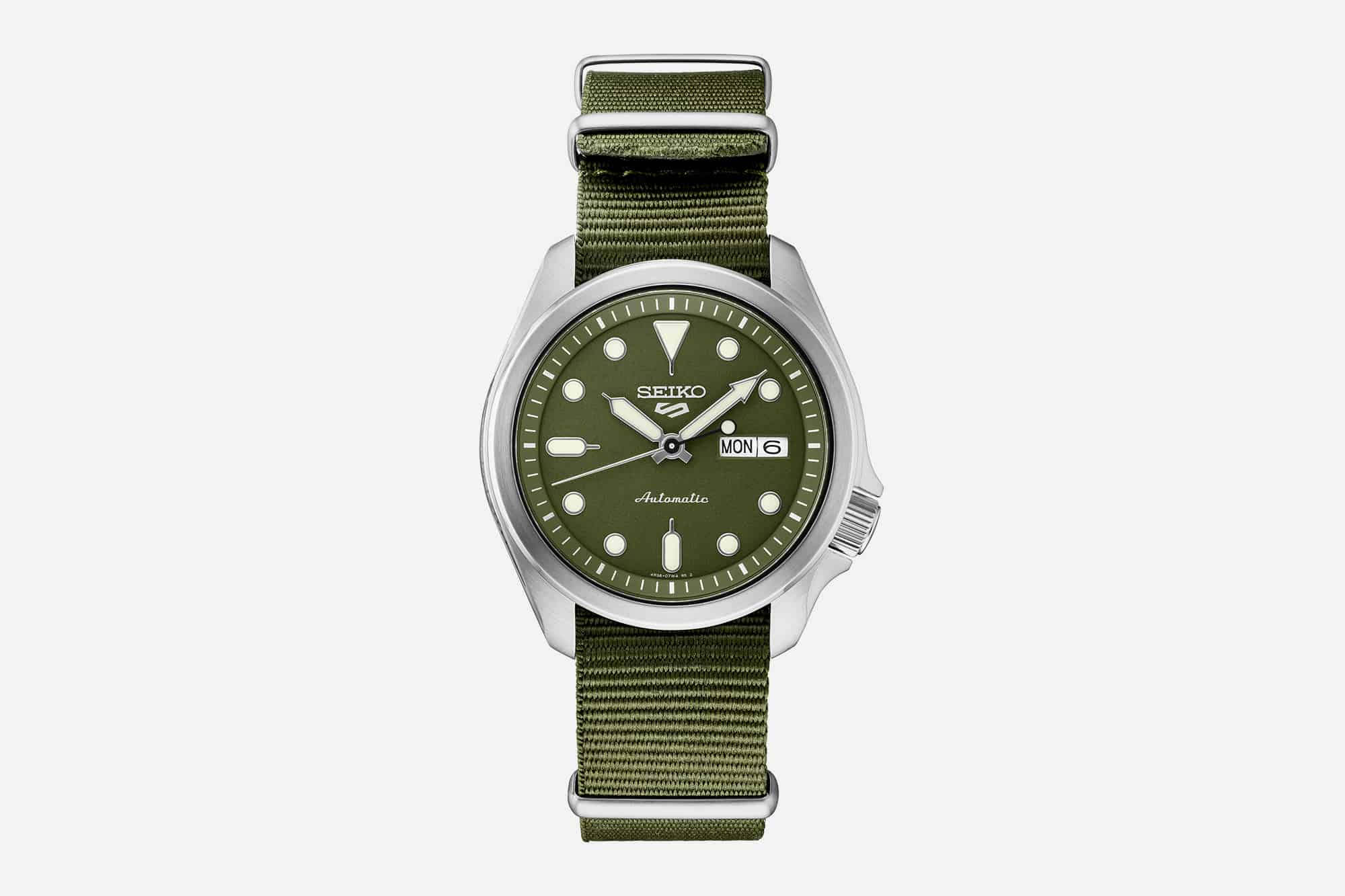
Maybe at the time they thought that mechanical chronographs were obsolete and quartz was the way to go.

Why were they discontinued? My guess is these calibers were getting more costly to manufacture and at the same time, Seiko wanted to push its quartz technology to the watch buying public. Neither calibers never made it to 1980 and to my best knowledge, Seiko ceased making 6139s between 19.


Seiko introduced these robust and workhorse calibers in 19 respectively. Pics courtesy of Īnother good instance would be the famous 61 automatic chronographs. Note that the 7002’s crown position is at 4 o’clock and lacks a day calendar display. (left) and its successor model, the 7s26-powered SKX171K (right). To perform a dead reckoning dating of a Seiko watch, the five things that you need to know are:
SEIKO MODEL NUMBER 11 HOW TO
OK, now that you basically know what an anachronism is, let’s learn how to date your Seiko watch manually!
SEIKO MODEL NUMBER 11 MOVIE
Eagle eyed movie buffs are quick to point out anachronisms in movies and you can read about them under the “Goofs” section for the movie title in the Internet Movie Database.
SEIKO MODEL NUMBER 11 WINDOWS 7
Putting it in another way, it’s like saying the iPhone was already available in the 1990s or Microsoft Windows 7 users were running the operating system in 2004 (neither are true!). As for the prized and short-lived, rare 7T59 chronograph models, they were only made between 19. Seiko Kinetics, originally branded as “Auto Quartz” and “A.G.S” (Automatic Generation System) only appeared at the end of the 1980s. In actuality, digital watches were only commercially available in the middle of the 1970s. Or an eBay seller proclaiming a vintage Seiko 7T59 quartz chronograph as a brand new model from 2003. The chronological error of an anachronism can occur in either direction it can result from something from the past being represented as if it belonged in the present, like an archaism, or it can result from presenting something at a time before it actually appeared, occurred, or existed.Īnd anachronism is the key to manually estimating the production date of your Seiko watch.Īn example would be saying that a digital LCD watch was produced back in 1964 or claiming that old Kinetic watch in your drawer was purchased in 1983. In other words, an anachronism is something that occurs out of its proper time. What is anachronism? Basically, it is the utilization of an event, a person, an object, language in a time when that event, person or object was not in existence. Manually estimating the production date of a Seiko involves the element of anachronism. That’s when a GPS unit comes in handy! 😉 You won’t be accounting for wind conditions and at best your estimate may be a few miles off your actual position. When that happens, I would resort to what I call “dead reckoning” or rough estimation.ĭead reckoning is similar to navigating your way at sea by orientating yourself with the heavenly objects like the sun, moon and the stars. However, there are circumstances in which the calculator may give you inconclusive or erroneous results. In most cases it should return the correct date of manufacture.

So in summary a model number designates the particular combination of movement (see section (3)), case (see section (4)), dial (see section (5)), bracelet or strap (see section (6)), and all other features that make a particular model of a watch unique.In my previous article on how to date your Seiko watch, I mentioned the nifty Jayhawk’s Production Date Calculator. Model numbers are often lost to history for many models and we end up using only the movement-case references (see section (4) below). The model numbers do not appear anywhere on the watch, in manuals, or on warranty cards. Model numbers appear only on hang tags and in catalogues. I've never identified a truly consistent meaning to these suffixes between models. The SKX009J1 is on a rubber strap and is labelled 'Made in Japan'. K2 in the first example above) usually differentiates type of strap or bracelet and/or intended market or manufacturing location. In discussion it is common for model numbers to be abbreviated to just the first section, such as SKX009. Another example is SKX779K1 for the first generation Monster, with black dial, on stainless steel bracelet. An example of a model number is SKX009K2 (which refers to the classic SKX009 diver's watch with dark blue dial, pepsi bezel, on jubilee bracelet). A model number is the specific reference number given by Seiko to a specific watch with a specific combination of movement, case, dial, colour, finish, strap/bracelet and so on.


 0 kommentar(er)
0 kommentar(er)
